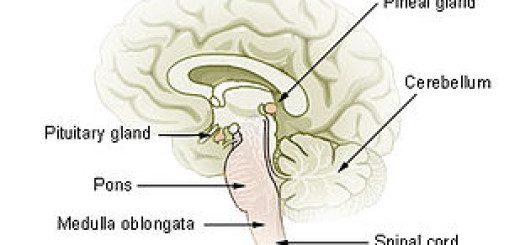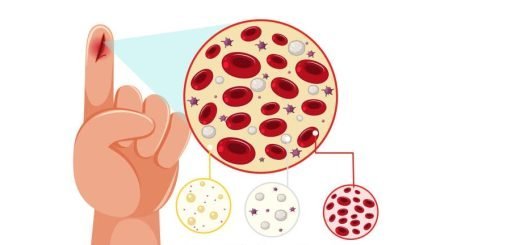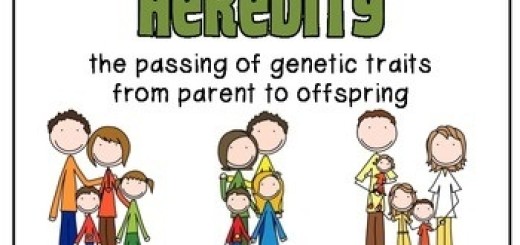Adaptation in insectivorous & birds, Hibernation, Aestivation, Birds migration and Camouflage
Beaks and legs of birds are modified in many different ways to suit the way of movement, the type of food that the bird feeds on and the environmental conditions, Predatory birds have strong & sharp crooked beaks to tear their prey’s flesh, The fingers of predatory birds end in strong sharp claws to control pouncing the prey, Some plants pounce insects to absorb the nitrogenous substances that their bodies need.
Adaptation and food diversity in birds
Birds feed on meat (Predatory birds) such as Hawks and vultures, Modification of beaks: strong and sharp crocked beaks to enable them to tear the prey’s flesh, modification of legs: Four bendable fingers ending in strong and sharp claws, three anterior (front) fingers and one posterior (back) to control pouncing the prey, The type of adaptation is structural adaptation.
Birds feed on worms and snails of shallow water such as Heron & hoopoe, Modification of beaks: Long thin beaks to help them to pick up worms & snails, Modification of legs: Long thin legs ending in thin fingers to walk in the existence of water, The type of adaptation is a structural adaptation.
Birds feed on mosses and fish (Water-birds) such as Ducks and geese, Modification of beaks: Wide indented beaks in the two sides to help them filter the food from water, Palm legs to help them in swimming, The type of adaptation is structural adaptation.
The legs of predatory birds have three anterior fingers and a posterior one to control pouncing the prey, Some birds have long and thin beaks and long ends in thin toes, the beaks are long and thin to pick up worms and snails and their legs are long thin ending in thin toes to walk in the existence of water, Ducks & geese have wide indented beaks and palm legs, The beaks are wide indented to help them to filter the food from water and the palm legs to help them in swimming.
Adaptation in insectivorous (insect-eating) plants
Predacious (insectivorous) plants are self-feeding (autotrophic) green plants, that their roots can’t absorb the nitrogenous substances from the soil needed to make proteins, Insectivorous plants are self-feeding (autotrophic) green plants because they can make their food (carbohydrates) by photosynthesis process.
In Dieonea, Drosera & Halophila, Some parts of the leaves of insectivorous plants are modified to pounce (capture) and digest the insects, then absorb the nitrogenous substances that the plants’ bodies need, The type of adaptation is a structural adaptation.
Adaptation and environment
Some forms of adaptation in living organisms with environmental changes such as Hibernation, Aestivation, Birds migration & Camouflage.
Hibernation
Hibernation is the behaviour through which some animals dormant and stop most of their vital activities to avoid the low temperature in water., such as some reptiles & some insects, features of adaptation are hiding some animals (as some reptiles & some insects) in burrows during winter to overcome the decrease in temperature, but, in spring, when the environmental conditions become favourable, these organisms return back to their normal activities, type of adaptation is behavioural adaptation.
In Frogs (From amphibia), Some animals (as frogs & toads) bury themselves in mud, and stop feeding & their activities decrease in winter to overcome the decrease in temperature, but, in spring, when the environmental conditions become favourable, these organisms return back to their normal activities, type of adaptation is behavioural adaptation.
Aestivation
Aestivation is the behaviour through which some animals dormant and stop most of their vital activities to avoid the extreme rise in temperature in summer and shortage of water and rain, When a desert animal does not make aestivation in summer, It will die, because it can’t tolerate the extreme rise in the temperature and shortage of water and rains.
In summer, Some living organisms become dormant and hide in humid burrows to overcome an extreme rise in temperature, to overcome the shortage of water and rain, especially in desert areas, such as jerboa (a rodent animal), desert snails & some insects, type of adaptation is behavioural adaptation.
Animals that hibernate or aestivate store an amount of food as fats in their bodies to provide them with the energy needed to keep their life during the period of dormancy, Fats are characterized more than other kinds of food by the production of large quantities of water on their reusing, so, these animals store food and water together in the form of fats.
Some animals undergo hibernation, some reptiles hide in burrows, while frogs bury themselves in mud and stop feeding in winter to overcome the decrease in temperature, Some animals undergo aestivation, and Jerboa becomes dormant and hides in humid burrows in summer to overcome the extreme rise in temperature and shortage of water and rains.
Birds migration
Birds migration is the inherited behaviour in some species of birds, where they migrate from cold and polar regions to more lighted and warmer regions for reproduction, Some species of birds adapt to the environmental conditions by migration, they migrate at the same time every year, such as Quail bird.
In winter, some species of birds (as Quail bird) migrate from cold and polar regions to search for more lighted and warmer regions for reproduction, but, in spring when the climatic conditions become favourable, these birds return to their original habitats, type of adaptation is a behavioural adaptation.
When birds do not migrate from cold places in winter to warmer ones, they are unable to make the reproduction process and may die, Quail bird is a good example of adaptation to the environmental conditions because, in winter, quail bird migrates from cold and polar regions to move lighted and warmer regions for reproduction at the same time every year.
Camouflage (adaptation for hiding)
Camouflage is the ability of some living organisms to be hidden from their enemies or to capture the preys in predatory species, Leaf insect is hardly to be discovered by its enemies because it looks like a plant leaf exactly in its colour and shape of wings, type of adaptation is a structural adaptation.
The stick insect is hardly to be discovered by its enemies because it looks like the branches of plants as well, type of adaptation is a structural adaptation, Chameleon colours itself with the dominant colour of the environment to be hidden from its preys of insects to capture them and feed on them, type of adaptation is a functional adaptation, When chameleon goes from green area to sandy area, its colour changes from green to yellow.
Camel is the desert ship, Camel is considered one of the most adapted animals to live in the desert environment, It is an example of all kinds of adaptations (structural, functional and behavioural) that help it live in the hard conditions of the desert.
Adaptation reasons, types, diversity of living organisms & motion in mammals
The camel is the desert ship and some features of adaptation in it



